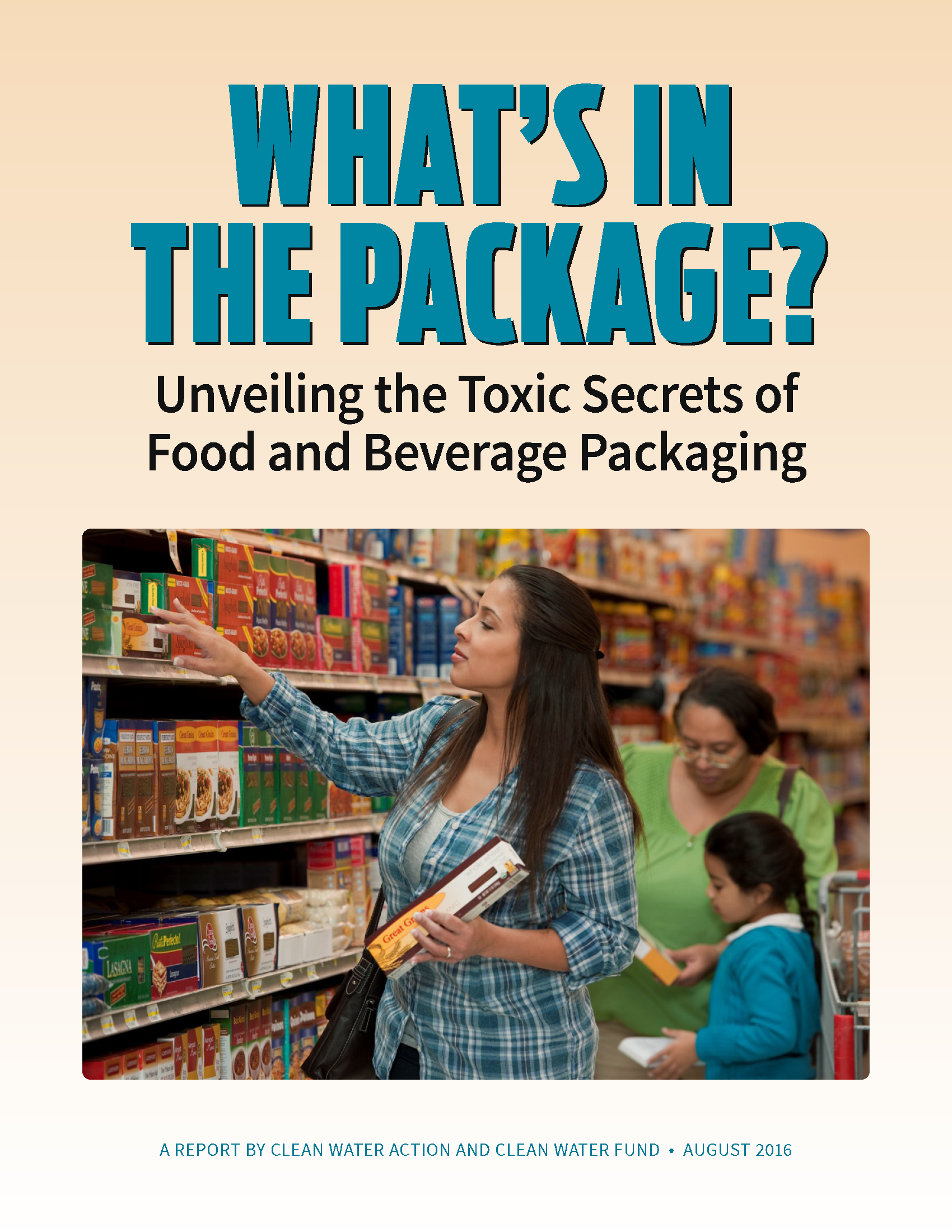Food and beverage labels do not disclose the thousands of chemicals that are added directly to food or indirectly as a result of food packaging chemicals that migrate into food and beverage products. Chemicals are used in a wide array of packaging materials, including plastic films, bottles and containers, epoxy resins that line metal cans, paper and paperboard, meat trays, bottle and jar lids, coatings, inks, sealants, and adhesives. Their range of purpose is equally broad. Some are inherent structural elements of the packaging material used, such as styrene, a monomer used to make polystyrene. Others are packaging additives used for a specific purpose, such as antimicrobials that prevent spoilage; coatings and constituent chemicals that keep paper and fiberboard from growing soggy from wet foods or developing static from dry foods; additives in gaskets that prevent leakage from bottles; and inks and pigments on the package that catch consumers’ eyes.
Given the array of sources of indirect additives, the issue is both broad and complex. For that reason, this paper focuses specifically on those chemicals intentionally added in packaging that can leach into food or beverages and are ultimately consumed by the unknowing public. In providing a context in which to understand the need for public disclosure of food packaging chemicals, this report summarizes what is known about potentially negative health effects and the exposure potential of indirect food additives; describes the current regulatory failures that allow such hazards to persist; and highlights how disclosure will both allow for individual choice and spur safer packaging options on a broader scale.
